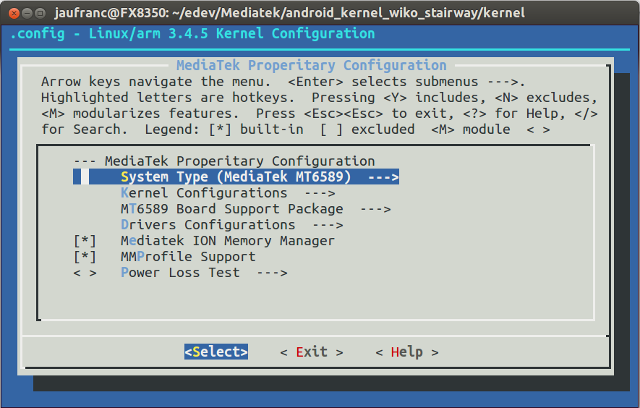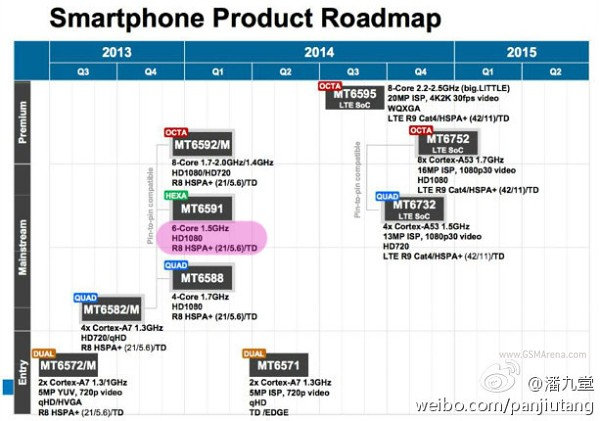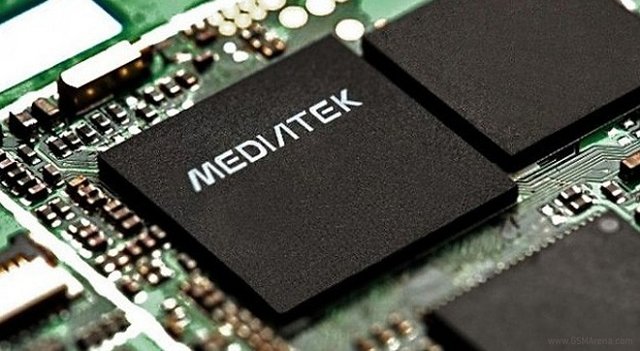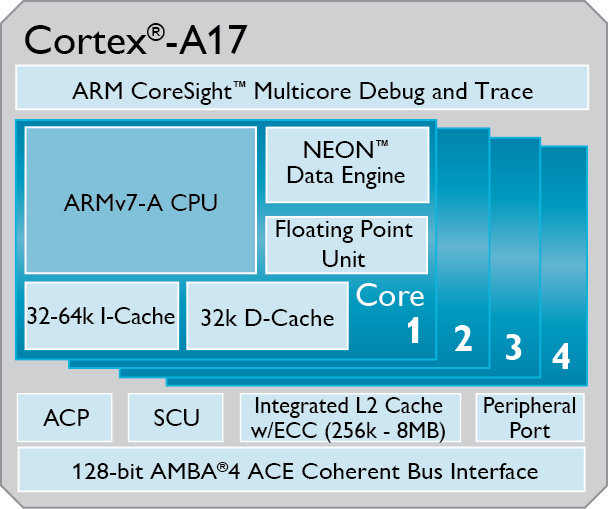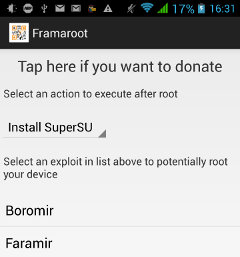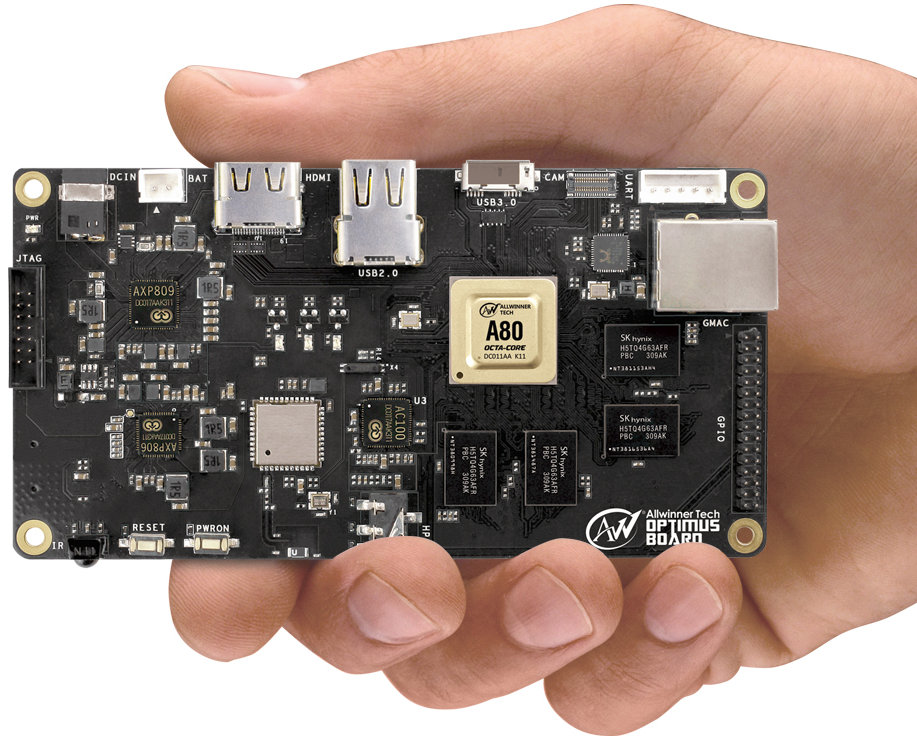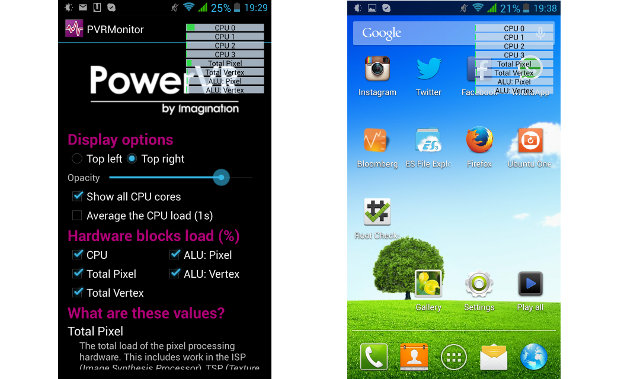Mediatek and their customers have still not gotten into the habit of complying with the GPL license, and releasing the relevant source code such as the Linux kernel. There appears to be at least one smartphone, Wiko Stairway, where the Linux kernel has been released, and chrmhoffmann, a members of XDA developers forums, has even released on unofficial CyanogenMod 11 ROM (Android 4.4.2 Kit Kat) for the device. There are three source repositories for the Linux kernel, “android device“, and Android. I’ve only looked into the kernel which is version 3.4.5. Mediatek has apparently messed up the Linux kernel quite a bit, and you’ll have to do some funny things to build the kernel, and all Mediatek options in menuconfig are in a sub-section called “Mediatek Properitary Configuration” (sic.), and it’s not possible to simply go to System Type menu to change the processor type for instance. Let’s get the […]
Mediatek Smartphone SoC Roadmap Until 2015
Mediatek already has over a dozen of dual, quad and octa processors for smartphone and tablets based on ARM Cortex A7, A9 and A15 cores, and they’ve already announced a 64-Bit ARM SoC (MT6732) as well as MT6595 with four Cortex A17 cores. A leaked product roadmap show the timeline for Mediatek smartphone SoCs, as well as showing some new application processors such as MT6591 Hexa-core SoC, MT6571 dual core Cortex A7 and MT6752 octa core Cortex A53 with LTE. So let’s recapitulate the new and upcoming SoCs from Mediatek: MT6572/M – Dual core Cortex A7 @ 1.3 GHz / 1.0 GHz with qHD/HVGA screen support. Available since Q3 2013, and found in phones such as Cubot GT72. MT6582/M – Quad core Cortex A7 @ 1.3 GHz with HA720/qHD screen support. Available since Q4 2013, found in phones such as W450. MT6588 – Quad core Cortex A7 @ 1.7 GHz […]
Mediatek Introduces MT6732 Quad Core ARM Cortex A53 LTE SoC
Meditaked has just announced their first 64-bit ARM SoC with MT6732 featuring four ARM Cortex A53 cores, Mali-T760 GPU, and a Multi-mode 4G LTE Modem at Mobile World Congress 2014. Here are the key features of MT6732: Quad-core ARM Cortex-A53 processor system @ 1.5GHz ARM Mali-T760 GPU with support for OpenGL ES 3.0 and OpenCL 1.2 APIs Multimedia Features Supports low-power, 1080p, 30fps video playback supporting the emerging video codec standard H.265 and legacy H.264 and 1080p, 30fps H.264 video recording Integrated 13MP camera image signal processor with support for unique features like PIP (Picture-in-Picture), VIV (Video in Video) and Video Face Beautifier MediaTek ClearMotion technology eliminates motion jitter and ensures smooth video playback at 60fps on mobile devices MediaTek MiraVision technology for DTV-grade picture quality Integrated Multi-mode 4G LTE Modem Rel. 9, Category 4 FDD and TDD LTE (150 Mb/s downlink, 50 Mb/s uplink) 3GPP Rel. 8, DC-HSPA+ (42 […]
ARM Unveils Cortex A17 Processor, First Used in Mediatek MT6595 and Rockchip RK3288 SoCs
Finally all these ARM Cortex A17 marketing materials for Rockchip RK3288 were not some typos, but Rockchip marketing team may just have not received the memo reading “Confidential”, as ARM has now officially announced Cortex A17 processor based on ARMv7-A architecture, with support for big.LITTLE with Cortex A7, and that can be coupled with Mali-T720 mid-range GPU and Mali-V500 VPU. After Cortex A15, and Cortex A12, you may wonder “Why? But Why did ARM had to launch yet another new core?”. Here’s the company answer to that question: The Cortex-A17 processor offers 60% performance uplift over the Cortex-A9 processor, the current leader in mid-range mobile market, and betters the best efficiency enabling optimized solutions to address existing and new products. The Cortex-A17 processor is based on the popular ARMv7-A architecture, today’s most successful architecture in the mobile market. With over 1M apps supporting the ARMv7-A architecture, the Cortex-A17 processor is […]
Framaroot is an Android App to Root Mediatek, Qualcomm, Exynos, etc.. Based Devices
Most of the time, when you want to root an Android devices, you may think you have to start your computer, and in many cases, it has to be a PC running Windows, which can be a real pain. Google does not allow apps that provide root access in Google Play, and all you can install are apps that can check whether your device is rooted such as Root Checker. For some reasons, today I needed to root my smartphone (ThL W200, Mediatek MT6589T), and I looked for a method working with Linux, and I did not find any, but I came across Framaroot, an Android app, that allows you to do that within your Android device without external hardware required. Framaroot is very easy to use and support different exploit in order to provide root access to many devices based on Mediatek (Boromir or Faramir exploits), Qualcomm (Gandalf exploit), […]
What to Expect from AllWinner, Rockchip, Mediatek, and Other Silicon Vendors at CES 2014
CES 2014 is coming soon, and it will take place on 7 – 10 January, 2014, and we can expect some interesting SoC news. Samsung suggested they will unveil their 64-bit ARM SoC (Exynos 6?) at CES 2014, Nvidia will hold a press conference to “showcase new NVIDIA Tegra mobile technologies, gaming innovations, and advanced automotive display technologies”, and Qualcomm has been quiet for now. However, several Chinese SoC vendors, namely AllWinner, Rockchip, and Mediatek, have already announced what they will showcase at CES 2014, albeit with few details. AllWinner at CES 2014 Allwinner announced will showcase their OptimusBoard based on their Ultra Octa-Core A80 SoC, as well as 4G tablets powered by Allwinner A31/A31s, and dual-SIM phablets sporting A23 dual-core. Allwinner A80 is an Octacore processor featuring four ARM Cortex A7 cores, and four Cortex A15 cores @ 2.0GHz together with an unnamed GPU offering 2x more performance over previous […]
Pivothead SMART Looks like the Offspring of Google Glass and GoPro Hero3 Camera (Crowdfunding)
Pivothead SMART is a pair of smart glasses designed for action. It’s basically pacts GoPro Hero camera functionality into glasses, adding some of the smart features of Google Glass without the head-up display (HUD). As controlling the weight is quite important for comfort, the glasses are also modular, so you can just add features such as Wi-Fi or GPS via “SMART Mods” when you need it, and keep the glasses as light as possible during the rest of the time. Instead of just listing the specifications of Pivothead SMART, I’ll show the comparison table with Google Glass and GoPro Hero3 Black provided on their Indiegogo page. SYSTEM Pivothead SMART Google Glass GoPro Hero3 Black Processor 2x ARM Cortex A7 (w/ Mod) (Probably Mediatek MT6572) TI OMAP4460 ARM 2x Cortex A9 @ 1GHz Ambarella A770 ARM11 @ 528 MHz RAM 4GB??? 1GB 512MB RAM Native Memory 16GB (15.5 usable) 16GB (12 […]
PVRMonitor Displays real-time CPU and GPU performance for PowerVR enabled Android Devices
Imagination Technologies has some advanced tools such as PowerVRTune in their Powervr Graphics SDK, but they’ve now released a simple tool called PVRMonitor to display real-time CPU and GPU usage for Android devices featuring PowerVR GPUs. In some firmware, Android’s Developer Settings have options to enable CPU and GPU usage, but in my phone for example, this is not available, so this app may be handy to check whether your system or app is taking too many resources. Inside the application, you can select the overlay position, whether to show all CPU cores with CPU load averaged over 200ms, or over one second. You can select five hardware blocks to display: CPU Total Pixel – Load in percent of the pixel processing hardware including texturing, raster operation and fragment shader processing. If nothing is modified on the screen it should be zero, and if it is too high during games […]


